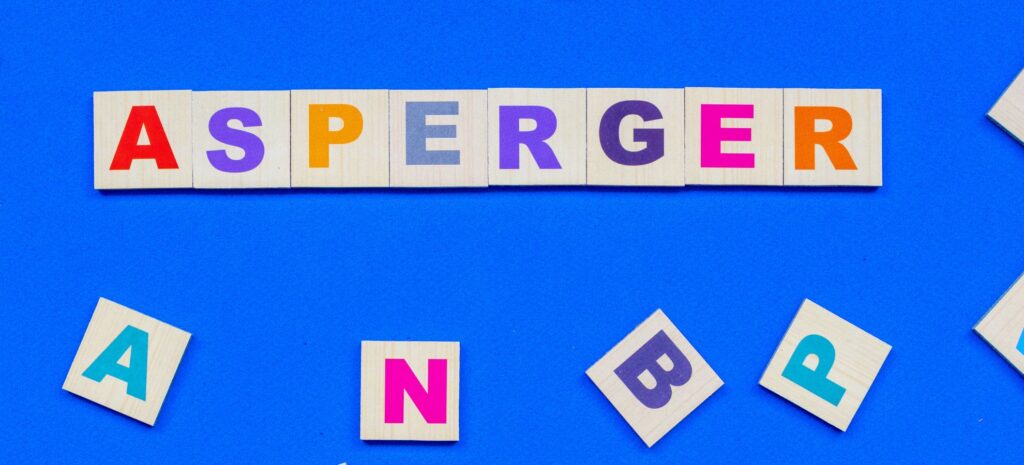Asperger’s Syndrome was described for the first time in 1944 by the Austrian pediatrician Hans Asperger, based on the observation of a group of children characterized by being; socially strange, naive children, disconnected from each other; with good grammar and extensive vocabulary; a fluent, but literal and pedantic speech; with impoverished non-verbal communication; interested in specific topics; with average or higher intelligence, but with difficulty in learning conventional tasks; with poor motor coordination; and lack of “common sense.”
Currently this condition has taken the name of the author who first described it, and is classified within Pervasive Developmental Disorders.

ASPERGER SYNDROME
It is defined as a neurobiological disorder characterized by the presence of difficulties in social skills and the use of language for communicative purposes; repetitive and perseverative behavior; and a limited range of interests.
There are few epidemiological studies of this disorder; but it is estimated that it is much more common than autism, reaching a prevalence of 3.6 per 1,000 school-age children.
Asperger syndrome is observed more frequently in boys than girls (ratio of 4:1), and no differences are observed according to socioeconomic level.
The etiology of Asperger’s is still unknown. A study that includes 99 families in which there is an individual affected by Asperger’s Syndrome showed that in 46% of the cases there was a second first-degree relative also affected, which suggests a certain family aggregation HOW IS IT DONE
THE DIAGNOSIS
Pervasive developmental disorders are a ‘continuum’. At one extreme, the pathological and more serious cases, and at the other, those mild forms understood as “personal traits”. In fact, any of the manifestations of Asperger’s Syndrome can appear isolated in healthy individuals, without causing alarm.
To make the diagnosis, certain criteria have been defined, including ICD 10 and DSM IV.
ICD 10 Criteria
Children with normal language.
Qualitative deficit in social interaction indicators.
Repetitive and stereotyped manifestations of interests and activities in general.
Asperger Syndrome is classified within pervasive developmental disorders. Affected children are characterized by having difficulties in their social relationships, but with normal intelligence. Its etiology is unknown, but there seems to be some familial aggregation.
There are few epidemiological studies, however it is estimated that it is much more frequent than the autistic disorder; that it would be more common in boys than in girls; and that there would be no differences by socioeconomic level.
The diagnosis of Asperger Syndrome is clinical and multidisciplinary. The ICD 10 and DSM IV criteria are only a guide to guide the diagnosis, and should not be used as a rigid checklist to make it.